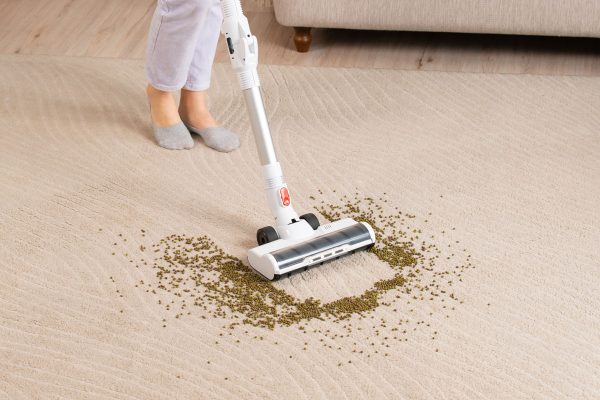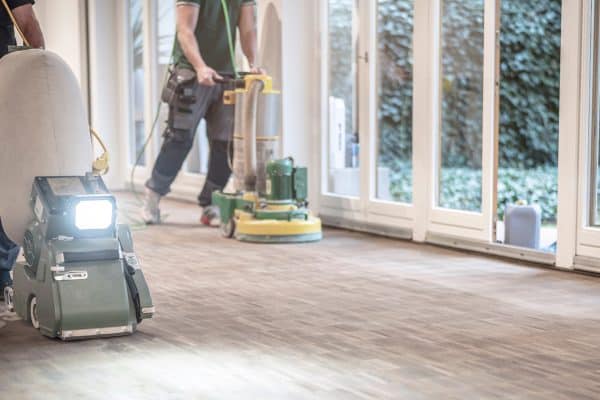As a homeowner, you might wonder if Kilz can be used on the subfloor. Luckily, we have done some research for you, and here is what we found.
Kilz can be used on subfloors made of hardwood, plywood, and other organic materials prone to stains. The paint is available as an oil- or water-based primer and is good for hiding foul odors.
Always clean your subfloor thoroughly before applying the paint as it may not look good if applied to a filthy subfloor. Keep reading to get detailed information about Kilz primer and how it can be used on the subfloor.
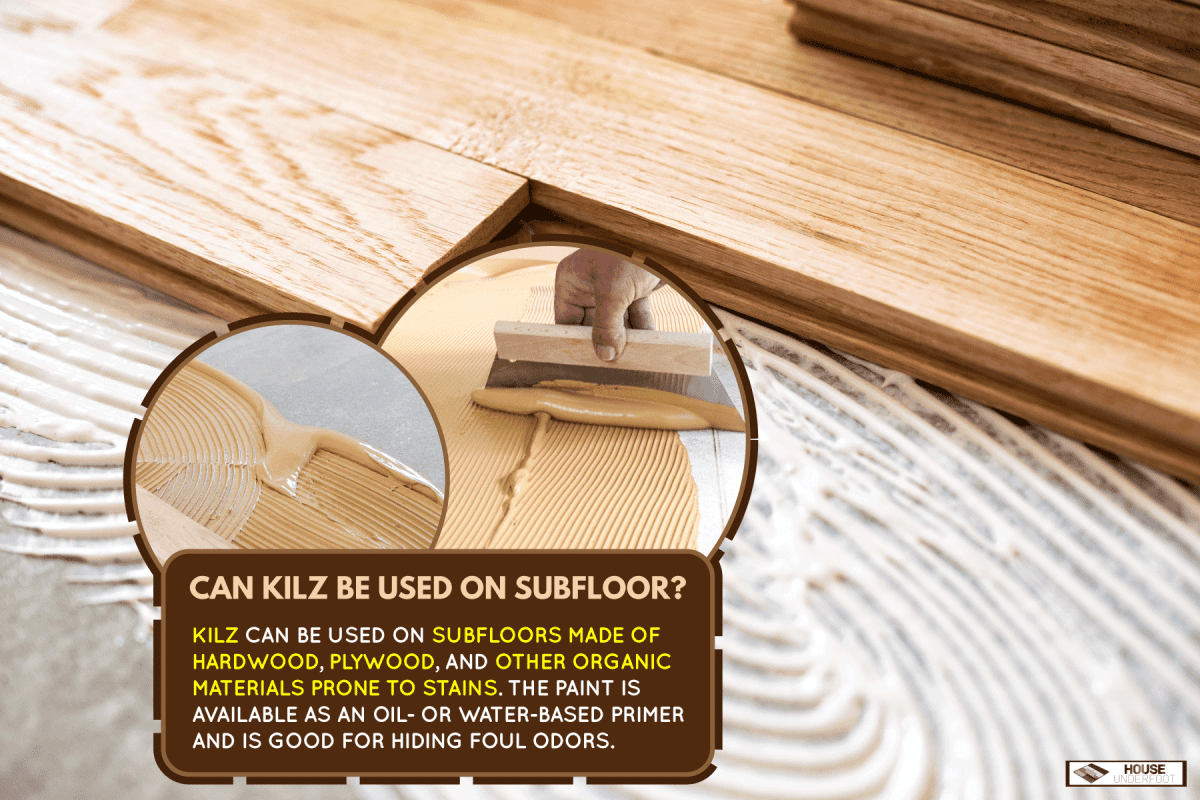
Using Kilz On The Subfloor
Kilz is well suited for subfloors made of hardwood, plywood, and other organic materials that get stained easily. It is also used for hiding unpleasant odors. Before applying any paint on the subfloor, it is advisable to check the make of the paint.
Some product variations can aid in preventing the growth of fungi like mold and mildew that degrade the condition of your subfloor.
Smoke, food, and pet odors are just a few of the moderate to strong odors that Kilz can hide. Before installing lower carpets or laminate, Kilz Restoration can be used on subfloors to eliminate strong pet odor.
Any primer must be applied to a smooth, dry, and clean subfloor surface to function properly. Before applying a primer, an epoxy resin system must be appropriate to construct a very effective damping membrane where excessive moisture levels are present in a subfloor.
Click here to see this Kilz Restoration primer on Amazon.
What Kind Of Kilz Should You Use?
Professional painters usually want a primer that provides different surface solutions. It explains why many individuals use two Kilz all-purpose primers.
This multi-surface primer, sealer, and stain blocker is water-based, dries quickly, has great adhesion, creates a primer coating that resists mildew, and can stop light to medium stains like a felt pen or small water stains.
To get the most accurate color from your new topcoat, it's also an excellent option for a straightforward color change.
Additionally, Kilz Restoration can handle even the harshest odors, stains, and fire damage. It also offers the performance of a conventional oil-based primer in a water-based formulation for applications that call for even greater effort.
There is a Kilz primer available for individuals that want to cover heavy stains or hide dark paint colors or pet odors. Kilz Premium is a more robust and high-coverage solution, making it the perfect choice for dated dark hues or hiding significant stains.
How Many Coats Of Kilz Do You Need?
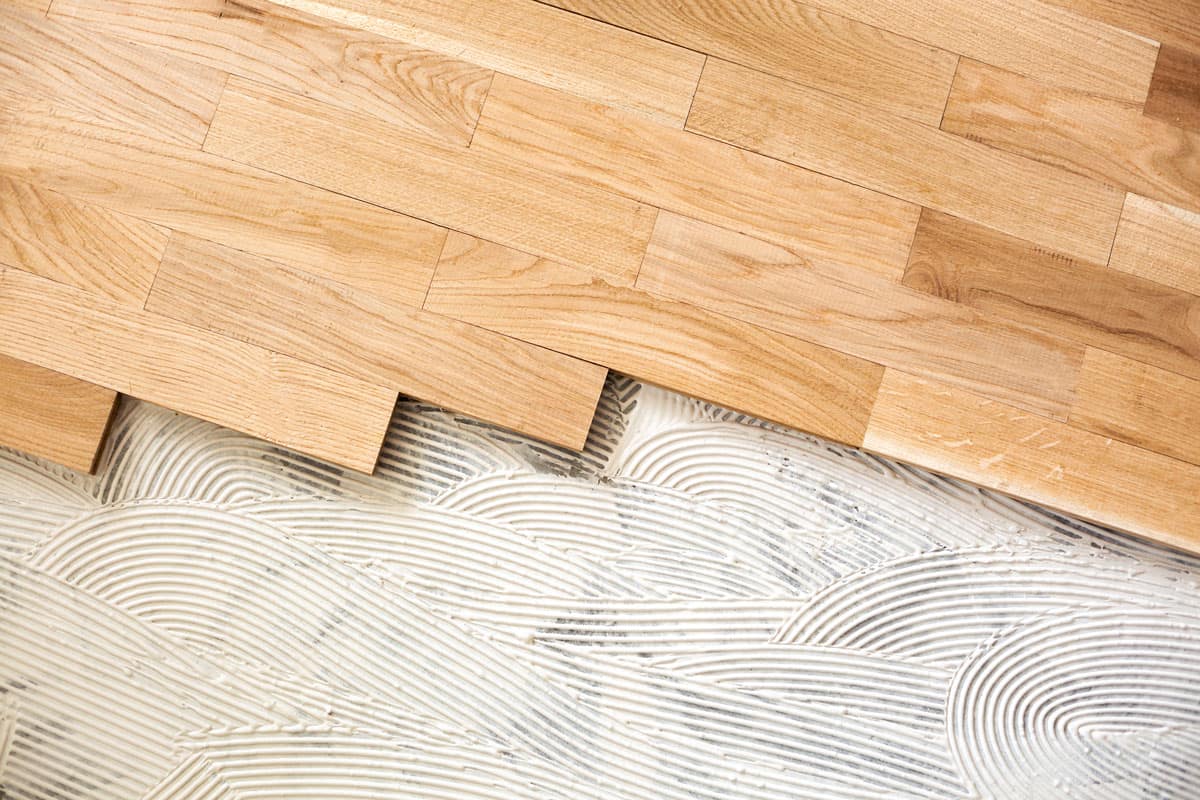
Usually, one coat is enough. In some cases, you might need to apply two coats. Most of the time, one coat of Kilz is okay to cover any texture imperfections, stains, previous colors, and odors.
It is advised to use two coats of Kilz on darker hues. Additionally, tinting your Kilz primer will be useful in hastening the process.
To guarantee a strong binding between the new paint and the wall and to cover up any prior colors, especially if they were red, orange, or an odd out-of-date color, you should apply two to three layers of primer. For most painting work, two coats of priming are usually required.
How Do You Use Kilz On Subfloor?
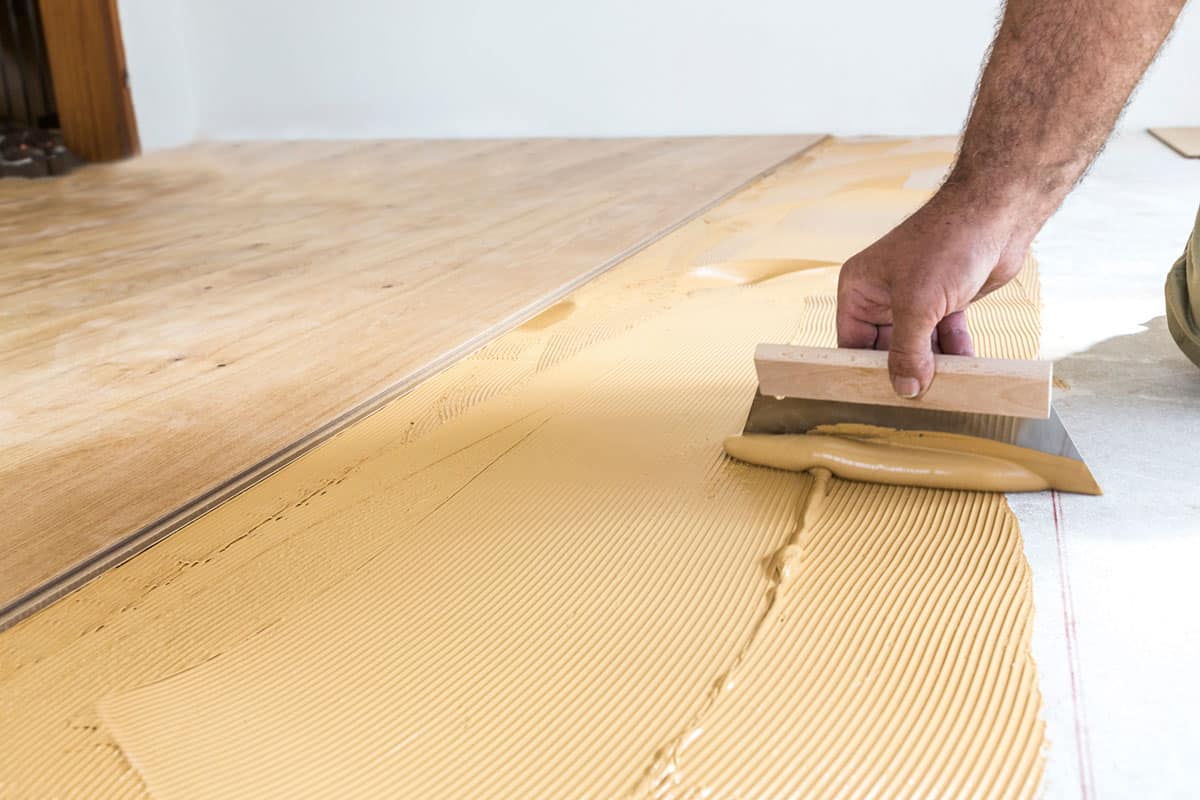
The following is a step-by-step guide for using Kilz on the subfloor:
Step 1: Prepare Your Working Area
First, tidy your floor. Remove the carpet, laminate, or other floor finishes to reveal the subfloor's damaged areas. Make an evaluation and look for any additional damage to the flooring.
It may be necessary to do a thorough floor examination if you are moving into a new home to ensure you address all affected places. Make sure to look for mold and other fungi in humid areas such as the sinks.
Step 2: Sand
Sand the affected areas gently to produce a rough surface that will facilitate bonding. If you are dealing with unpleasant scents, take measures by donning protective clothes and a dust mask and ventilating the space appropriately.
Sanding will ensure that the surface is not overly softened when you apply your paint top coat, making your finish vivid and not dreary.
Step 3: Apply The Paint
Evenly spread the paint. To help cover up the stench, dust the afflicted area and sprinkle a tiny amount of diluted baking soda solution.
Since some Kilz treatments are water-based, having a slightly damp subfloor might be advantageous. The paint can be applied to the affected area with a trowel after being scooped.
You might need to get used to the harsh smell as you paint over the damaged surfaces because Kilz has a strong odor. Open your windows, doors, and other airspaces to reduce the odor.
Step 4: Leave The Paint To Dry
Give the subfloor enough time to dry after your painting project is finished before making effort to work on your flooring.
How Long Does It Take Kilz To Cure?
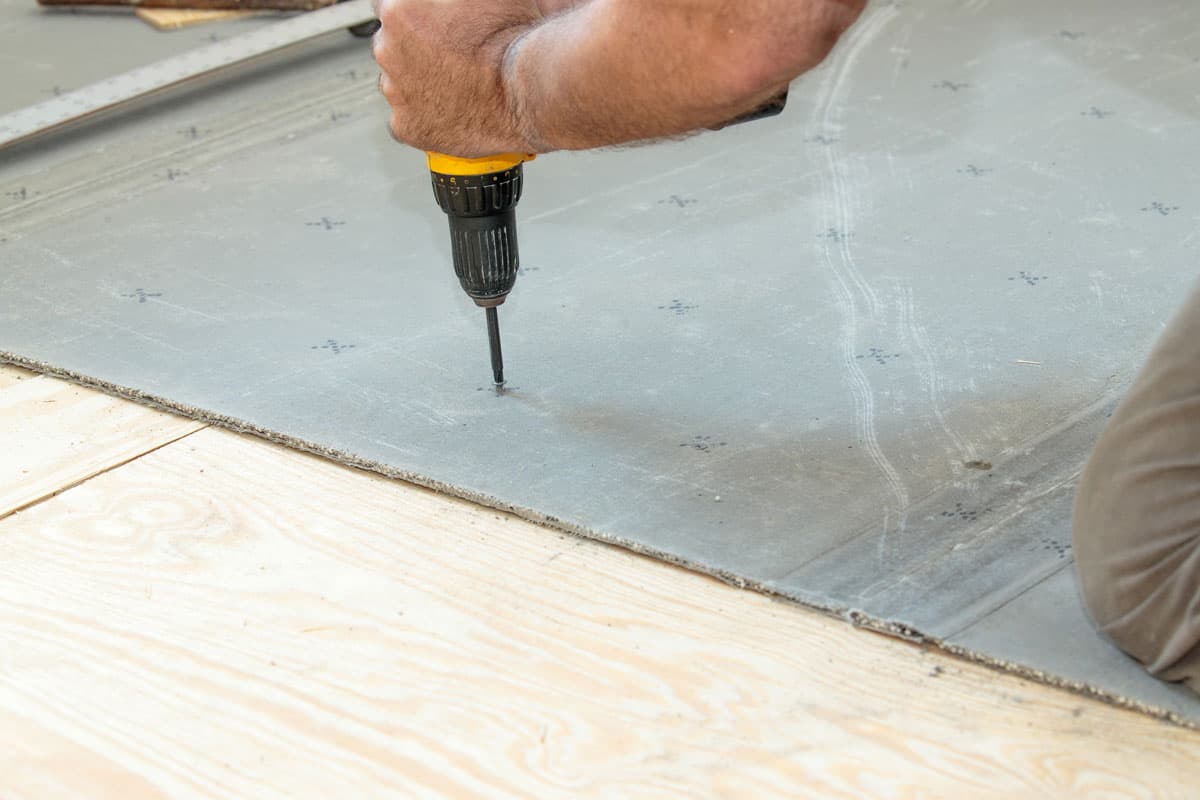
Some oil-based primers are produced by Kilz and designed for interior and outdoor use, among other uses. The curing time is influenced by several factors.
Kilz takes 30 minutes to dry sufficiently for touching at 50% RH and 77°F (25°C). After that, you can easily touch the surface.
It can take 1-2 hours before you can start painting. The drying process will take longer when applied at a lower temperature.
Which Primer Is Better: Kilz Or Zinsser?
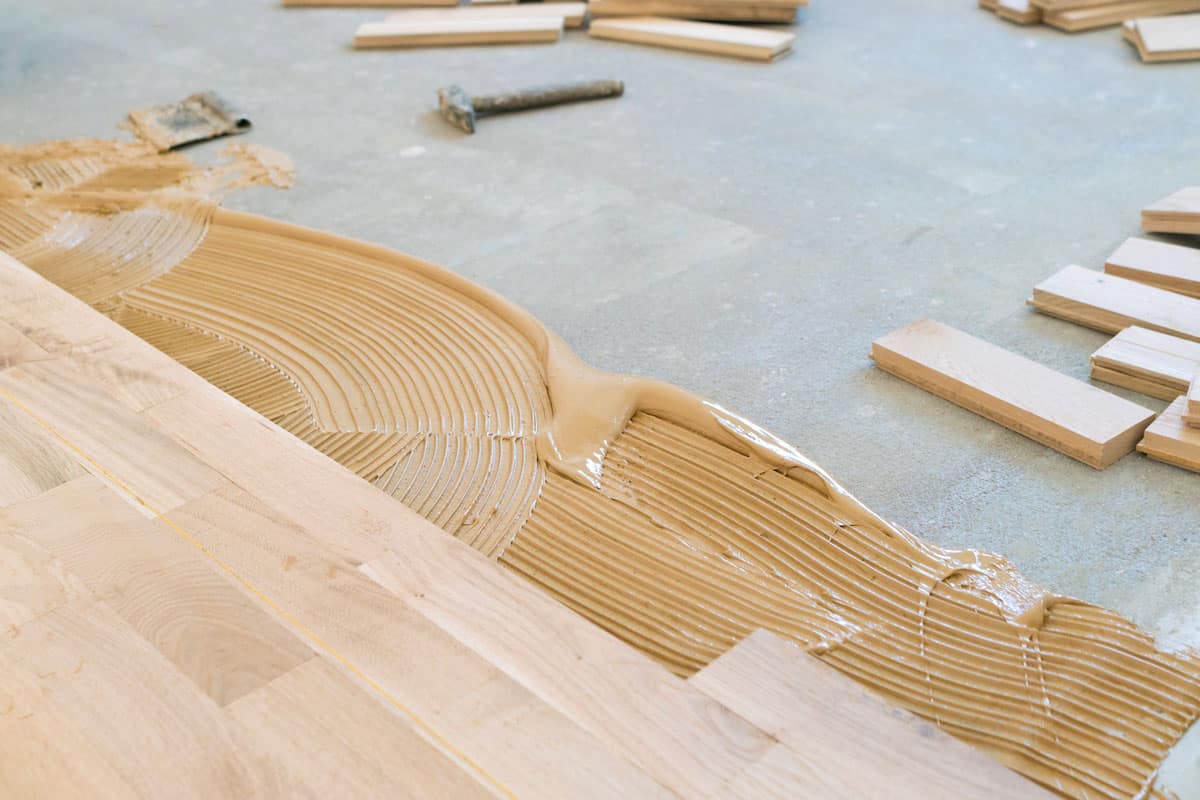
Kilz and Zinsser are well-known producers of paint primers.
Zinsser's paint primer is perfect for various painting chores because it has a covering that's robust and thick.
Due to its thickness, Zinsser paint offers higher coverage and can resist bleed-through better than Kilz primer. Meanwhile, Kilz primer is thinner than Zinsser primer, making it simpler to stir and apply.
The following should be considered before choosing between Kilz and Zinsser:
Durability
Compared to Kilz primer, Zinsser primer lasts longer. This is due to the oil-based nature of Zinsser priming. The primer dries more slowly than the Kilz primer since it is oil-based rather than water-based.
Since Zinsser primer dries slowly, it has plenty of time to cure. As a result, when the coat is dry, it will be harder and more durable than Kilz primer.
Adherence
Compared to Kilz primer, Zinsser priming paint adheres to a surface better. The base of the paint is one factor in this enhanced adherence. Some Zinsser primer compounds don't require sanding before application.
Zinsser primer adheres to clean surfaces without issue. Before applying Kilz primer, you must clean and sand the surface. This is not to say that Kilz primer lacks strong adherence. It simply isn't as effective as Zinsser primer.
Resistance To Mold
Kilz primer can't stop or prevent mold development. Before applying Kilz primer to a surface that has mold, the mold must be removed from the area and cleaned with vinegar (a mild acid).
This will stop the growth of mold and help the primer adhere. The most effective in removing mold is Zinsser primer as it can halt mold growth.
To Wrap Up
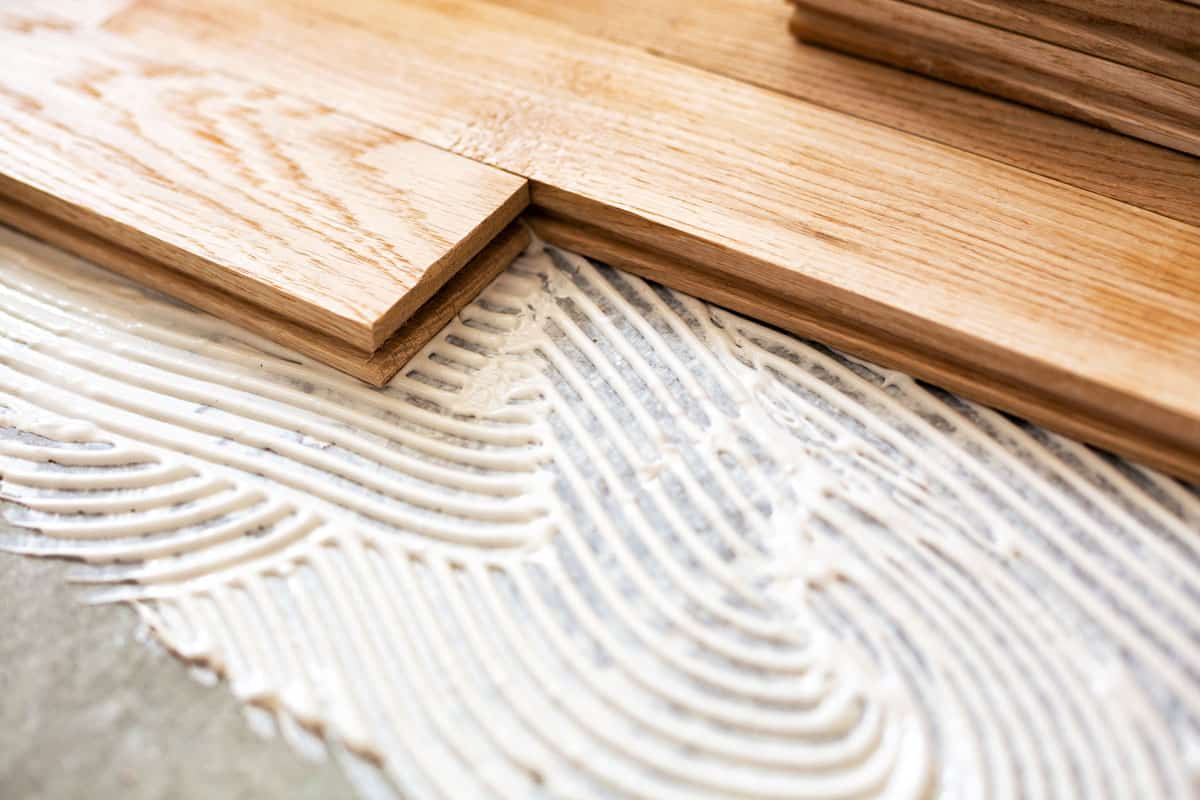
Kilz primer is very beneficial. It can be used on subfloors that easily get stained. To use Kilz primer, all you have to do is prepare your working area, sand, apply the paint, and allow it to dry.
If you enjoyed reading this post, here are articles you may like:
Can Vinyl Flooring Be Stained? [Can You Change The Color]


